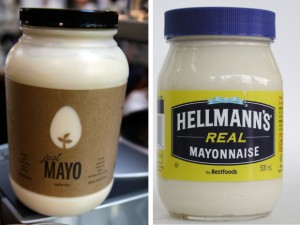Although the United Nations Development Programme supports many initiatives that help reduce poverty, protect vulnerable groups, and create sustainability, Social Enterprise (including the Arc initiative) empowers the people of impoverished areas to move out of poverty on their own account. Social enterprise allows for long term change within communities and builds on the tools and skills of local villagers. There are three primary reasons why I believe Social Enterprise is necessary.
1. Social Enterprise is Long Term
While the UNDP does support many humanitarian efforts globally, much of this aid comes in monetary form and therefore is short term. Social enterprise, through microfinancing, allows for long term employment for those in impoverished areas, providing them with a stable income. Furthermore, since the businesses are local, people within the community are directly impacted and benefited by the enterprise.
2. Social Enterprise is Innovative
Given that these are businesses we are speaking of, there is much innovation and creativity involved in social enterprise. Since the villagers know the specific needs and markets of their community, they are able to create suitable products. For example, Salem’s Ethiopia, who worked with the Arc Initiative at Sauder, was able to create baskets and cater to the tourists who travel to Ethiopia.
3. Social Enterprise Fosters Relationships
Social Enterprise and movements like the Arc Initiative fosters relationships and trust between business people from all over the world. This creates a fantastic network of people who are able to support one another financially, through advising, as well as through sharing experiences and is a learning opportunity for all.







